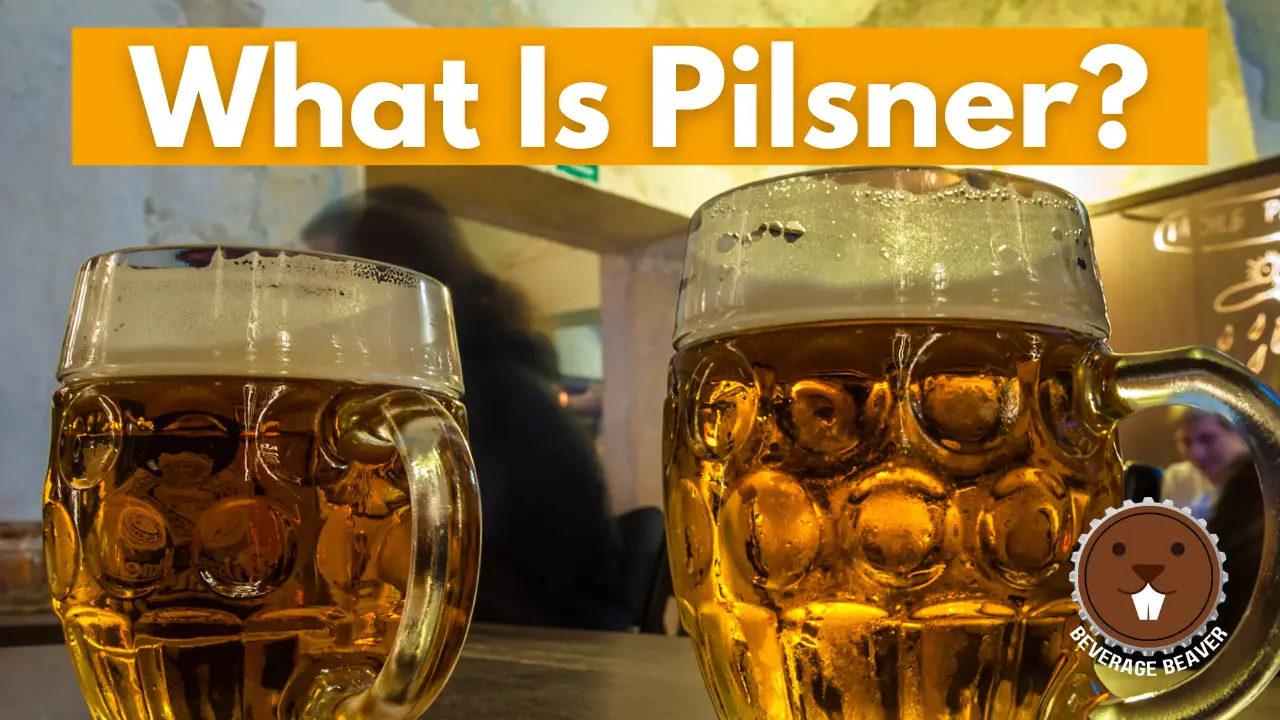Pilsner Explained: What Is It And How Does It Compare To Other Beer Styles?
Like many people, I used to think that pilsner and lager were the same thing. Having now tried many pilsners, and even brewed a few myself, I understand that pilsner has its own distinct taste, and while all pilsners are lagers, not all lagers are pilsners. In this guide, you’ll learn what pilsners are, the ingredients and brewing process used to make pilsners, and how pilsners differ from other beer styles like lagers, pale ales, and Kolsch.
What is Pilsner?
A pilsner is a specific style of beer that traces its roots back to the city of Plzeň in the Czech Republic. Pilsners boast a light golden color, are highly carbonated, and exhibit a distinct hoppy bitterness. While different variations, such as the German Pilsner, have emerged over time, they all maintain these fundamental characteristics.
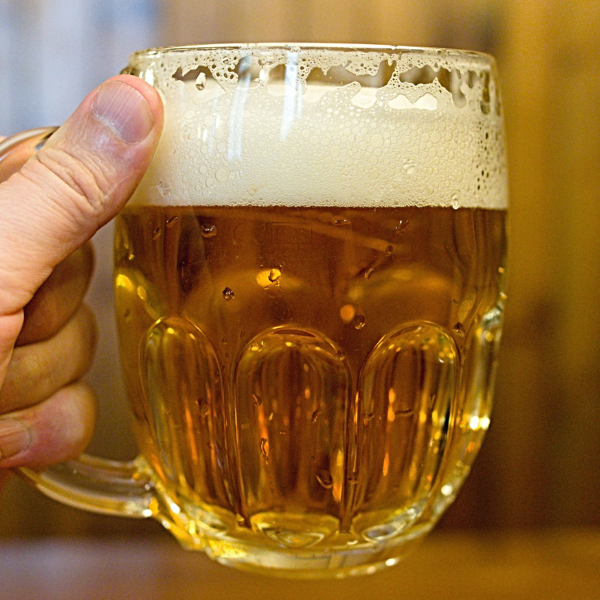
Pilsners derive their distinctive golden color from the pale malts with which they are brewed. The hops contribute to their unique aroma and bitter taste. Traditional Czech pilsners predominantly use Saaz hops, but other varieties, like German or American pilsners, may employ different hops for varied flavor profiles.
How Are Pilsners Brewed?
The brewing process for pilsners begins with pale malts mixed with hot water in a procedure known as mashing. This step activates enzymes, prompting the conversion of the grain’s starches into fermentable sugars, resulting in a sugary liquid called wort. This wort is then transferred to a kettle and boiled for about an hour, during which hops are introduced.
After the boil, the wort is rapidly cooled and moved to fermentation tanks. Here, bottom-fermenting yeast is added. Unlike ales, which employ top-fermenting yeast and ferment at warmer temperatures, pilsners utilize bottom-fermenting yeast that thrives in cooler environments. Throughout the fermentation stage, the beer develops both its alcohol content and its flavor profile.
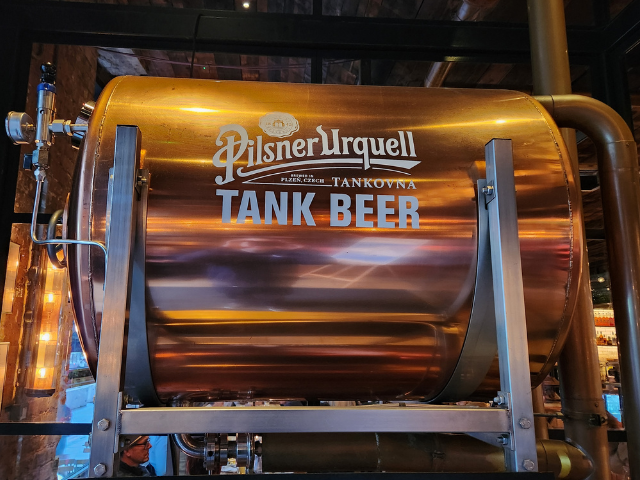
Following fermentation, pilsners enter the lagering phase. In this stage, the beer is stored in cold conditions for several weeks to months, facilitating its maturation. This period allows flavors to blend seamlessly and any harsh notes to mellow.
To wrap up the process, the beer is filtered, providing its characteristically clear appearance, and subsequently carbonated, endowing it with a crisp mouthfeel.
Pilsner Compared To Other Beer Styles
Now that you know what a pilsner is and how pilsners are brewed, let’s look at how pilsner compares to other beer styles.
Pilsner Vs Lager
As I mentioned at the beginning, a common misconception is that pilsner and lager are the same thing. ‘Lager’ is a broad category of beer that encompasses a variety of styles, from darker ones like Dunkels and Baltic porters to lighter ones like pale lagers, Helles, and, of course, pilsners. So, while all pilsners are lagers, not all lagers are pilsners.
A beer is defined as a lager if it uses bottom-fermenting yeast and goes through the ‘lagering’ process where it is stored at cold temperatures for an extended period of time after fermentation. Pilsner is brewed in this way and so it is classed as a lager.
Although, technically, lagers are a broad category of beers with various styles, when people order a lager at a pub or a bar they are usually expecting to get a drink like Stella Artois or Heineken, which are ‘pale lagers’. While they have a similar appearance to pilsners, these lagers have a different taste profile. Pilsners have a distinct hoppy bitterness, whereas pale lagers have a milder hop presence, and a more malt-forward taste, resulting in a smoother and less bitter beer.
Personally, I would choose a pale lager over a pilsner every time as I find them to be much more refreshing and drinkable.
Pilsner Vs Kolsch
Kolsch is an interesting beer which some could confuse with pilsner as they both have a pale golden hue. However, pilsner and Kolsch are quite different.
Pilsners, as I have mentioned, have a pronounced hoppy bitterness and are brewed in a similar way to other types of lagers with bottom-fermenting yeast and lagering. Kolsch, on the other hand, has a unique brewing process that combines techniques used in both ales and lagers.
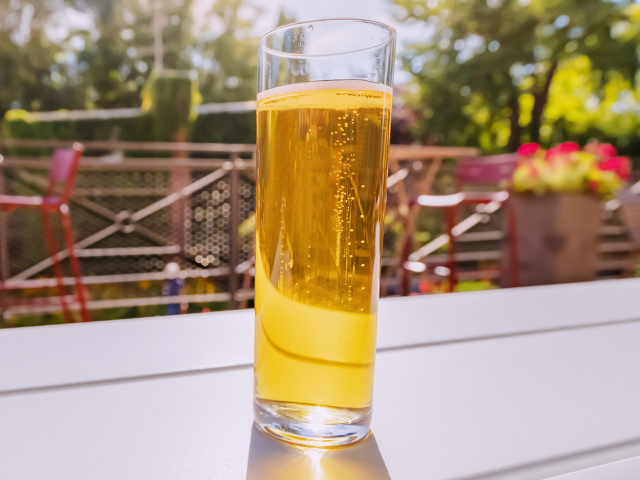
Kolsch uses top-fermenting yeast, like ales, and undergoes cold conditioning similar to lager. The result is a clean, crisp taste balanced with a delicate fruitiness that’s not typically found in pilsners.
Pilsner Vs Pale Ale
There are quite a few differences between pilsner and pale ale. For a start, they fall into different categories of beer. Pilsners fall in the ‘lager’ category because they are brewed with bottom-fermenting yeast and are ‘lagered’. Pale ales, on the other hand, fall into the ale category because they are brewed with top-fermenting yeast and fermented at warmer temperatures, without undergoing the lagering process.
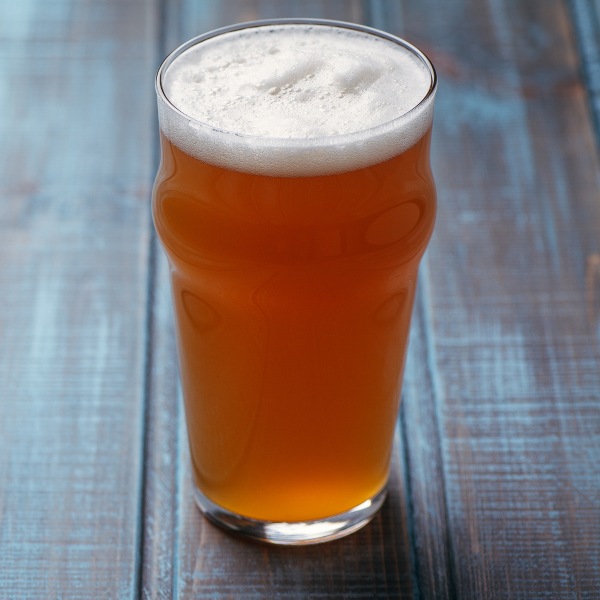
In terms of taste, all pilsners have a crisp, straightforward taste with a bitter hoppy flavor profile. The taste of pale ales, on the other hand, can vary widely depending on the types of malts and hops used. I’ve tried many a pale ale in recent years, and each one was a unique experience. Some had hints of citrus, some had floral notes, and some even had tropical tastes of mango and passion fruit.
Given the choice between a pilsner and a pale ale, I would always go for a pale ale because it’s always fun to try something new and you never know what you’re going to get with a pale ale, whereas with a pilsner, it is not very exciting.
Examples of Pilsners
- Pilsner Urquell – This is the original Czech pilsner and has been brewed since 1842. If you want to know what pilsner-style beers taste like, try this one.
- Veltins Pilsener – This is a German-style pilsner that is known for its sharp, refreshing finish.
- Budweiser Budvar (Czechvar in North America) – Not to be confused with American Budweiser, Budvar is another example of the classic Czech pilsner style.
- Lagunitas Pils – While Lagunitas is often associated with hop-forward ales, their take on the Czech Pilsner style is refreshing with a slightly more hoppy twist than traditional versions.
- Bitburger – Another example of a German-style pilsner, this beer has a well-balanced taste and a crisp finish.
- Brooklyn Pilsner – This beer is an American version of the classic German-style pilsner.
- Krombacher Pils – This German pilsner offers a balance between malt sweetness and hop bitterness.
- Staropramen – This is a Czech pilsner known for its balanced maltiness and hop bitterness.
- Kozel Premium Lager – This is a lighter Czech Pilsner that’s easily drinkable.

